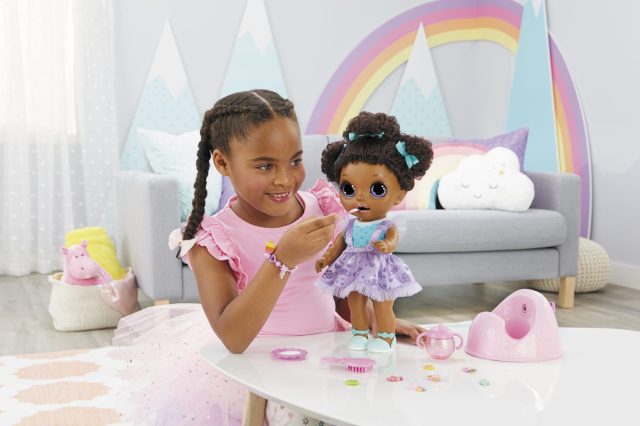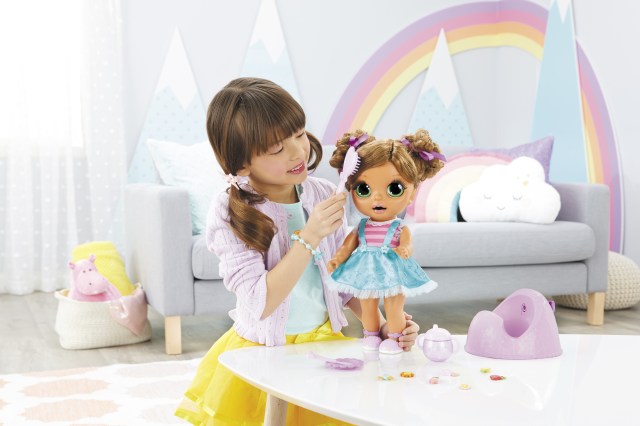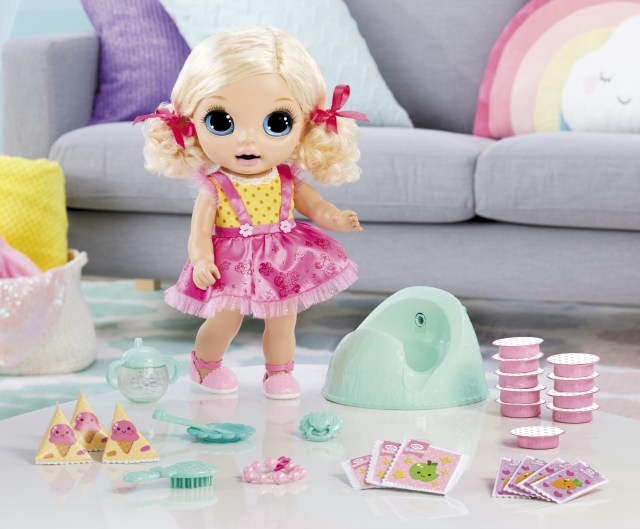The holidays have always been one of my favorite times of the year. I love listening to Christmas music, lighting menorah candles and baking (and eating) holiday treats. But as a parent, the holidays can also be very busy and stressful. Special events like parties, concerts and family gatherings can throw off schedules and disrupt routines. And many holiday activities like long car rides, multiple trips to Target and hectic family dinners are challenging to navigate when children get impatient and act out.
As a result, I often find myself using rewards to encourage good behavior, help around the house or not make a scene when going to the doctor’s office to get a shot (this is a big one in our family). I do this more often than I would like to, especially knowing how rewards impact development.
As a developmental psychologist, it is sometimes helpful to be knowledgeable about child development, but that knowledge can also work against you when you are a parent. That is, you may know what you should do, but in reality that doesn’t always work. So while I know that providing extrinsic rewards, like screen time, treats or a trip to their favorite store can have a negative impact on my children, there are times that I have somewhat reluctantly used them.
One important distinction to make is the difference between intrinsic and extrinsic motivation. When we are intrinsically motivated, we engage in an activity because it is personally rewarding and we enjoy it (for me, things like reading, running or yoga).
In contrast, extrinsic motivation occurs when we engage in an activity to gain a reward or avoid something unpleasant (e.g., cleaning your room for extra dessert). Research paints a clear picture of the benefits of intrinsic motivation and how extrinsic motivators in the form of rewards can undermine children’s natural interest in a range of activities.
For example, in school, if children are given a gold star for doing well, their motivation for learning may be based on receiving rewards and not on their natural thirst for knowledge.
In a classic study of motivation, researchers observed preschoolers’ natural tendencies to use markers. Some children were given an award for playing with the markers while others were not. Several weeks later the researchers returned to the preschool to observe the children again. What they found might surprise you.
Children who did not receive an award were more likely to continue using the markers compared to those who were given something. That is, children who received the reward believed the activity was tied to the reward and when there was no longer any reward, the children lost interest in the activity.
Decades of research support this finding with older children and adults engaging in a variety of activities (e.g., putting together puzzles, playing with toys). The message from this research is pretty clear: rewards can lower the intrinsic appeal of activities that are naturally appealing to many children.
While research tells us that intrinsic motivation is ideal, it is not always possible in every situation. What is important to keep in mind is that excessive rewards can be problematic, but extrinsic rewards can also be a useful tool, especially when children have no internal desire to engage in an activity or are scared to try something new.
When one of my daughters was learning to ride her bike, she didn’t want us to take off her training wheels. So we did what many parents would do—we offered her a trip to Baskin-Robbins if she tried riding her bike to the mailbox (a long 50 yards) without training wheels. She took the plunge and discovered that riding without training wheels is not as scary and she thought…and it was fun! After that, she didn’t need the promise of an ice cream cone to keep riding.
Another thing to keep in mind is that children want to be helpful. Giving children a choice of how they can help can often lead to a positive outcome. In my family, washing dishes is low on everyone’s list so I often give my daughters the choice of washing dishes, setting the table or taking out the trash and recycling as options for helping during mealtimes.
In addition, research suggests that verbal praise and positive reinforcement can help to encourage positive behavior in children. Process-focused praise in particular—“That’s a really good score. You must have worked really hard”—can increase internal motivation and lead children to persist through challenging situations.
As with any parenting tip, there is no one right way to motivate children. Extrinsic and intrinsic motivation are both important ways of shaping behavior. Ultimately, extrinsic motivators should be used strategically and sparingly, especially when children may find that an activity or task is inherently engaging or rewarding.
A well-respected researcher, Dr. Hadani holds a doctorate in developmental psychology from Stanford. She has worked with children to develop products for companies including Apple, Hasbro and LEGO. She is a member of the Goddard School Educational Advisory Board. Currently, she is the director of research at the Center for Childhood Creativity.
























